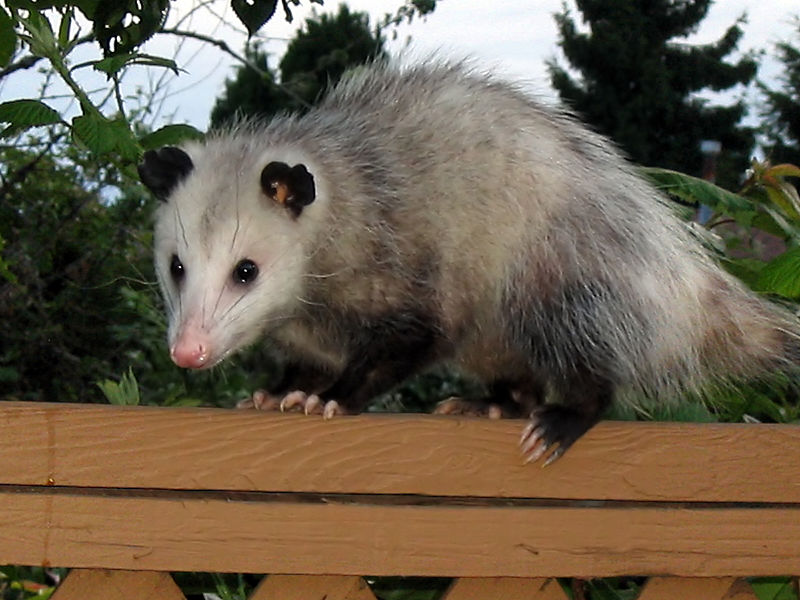 A Virginia or North American Opossum, Didelphis virginiana, purchased from a fur farm for $5.00, was my first “large” wild animal pet. I’ve since raised many orphaned youngsters, several of which became tame enough to use in educational programs. So I’ve always had an affinity for North America’s only marsupial…but my enthusiasm is not shared by many. I was, therefore, greatly surprised by the recent fame of a cross-eyed Opossum named Heidi, who resides in Germany’s Leipzig Zoo.
A Virginia or North American Opossum, Didelphis virginiana, purchased from a fur farm for $5.00, was my first “large” wild animal pet. I’ve since raised many orphaned youngsters, several of which became tame enough to use in educational programs. So I’ve always had an affinity for North America’s only marsupial…but my enthusiasm is not shared by many. I was, therefore, greatly surprised by the recent fame of a cross-eyed Opossum named Heidi, who resides in Germany’s Leipzig Zoo.
The First Opossum “Star”
Heidi’s journey to the zoo is interesting in and of itself – orphaned in North Carolina, she was reared at a nature center and eventually found her way to a zoo in Denmark, and from there to Germany. But the key to her popularity is the appealing look of a face dominated by “unique eyes”.
Here in the US, people usually deride Opossums as “giant rats” and are horrified to have them as neighbors; even biologists tend to write them off as “primitive”. But Europe, and now the world, has embraced Heidi – her Facebook page has over 100,000 followers, and she has inspired recorded songs and a line of toys! Surprising, but I say anything that encourages people to care about animals is positive!
Virginia Opossums as Pets
Truth be told, Virginia Opossums do not make the most responsive of pets. Much time and effort is needed to habituate them to people, and captives soon realize that biting is more effective than “playing dead” when it comes to discouraging annoying owners! Bottle-raised kits, available from a few breeders, are the best option (check state laws).
You can also gain Opossum experience by becoming a wildlife rehabilitator (please see article below). Virginia Opossums are thriving – originating in Central America, they now range to Canada – but they are very “accident-prone”. Dogs, cars and curious children assure that rehabilitators are kept busy with needy youngsters each spring.
Opossum Feeding Stations
The easiest way to enjoy Opossums is to feed free-ranging individuals. They are not hard to find – while working as a nuisance wildlife trapper, I caught many in Manhattan (the East Village was especially good “habitat”)!
Opossums take readily to free handouts, with almost nothing being rejected. A huge female appears in my Long Island, NY yard nearly every night, where she enjoys leftover yams, fruit and the occasional peanut butter sandwich.
Sugar Gliders and other Australians
Distantly related to the Virginia Opossum and its 60+ Latin American cousins, several of Australia and New Guinea’s 20+ Possums are established in the pet trade.
Most folks are surprised to learn that the most popular of these, the Sugar Glider, Petaurus breviceps, is a pouch-bearing Possum and not a Flying Squirrel relative (please see article below).
South American Opossums
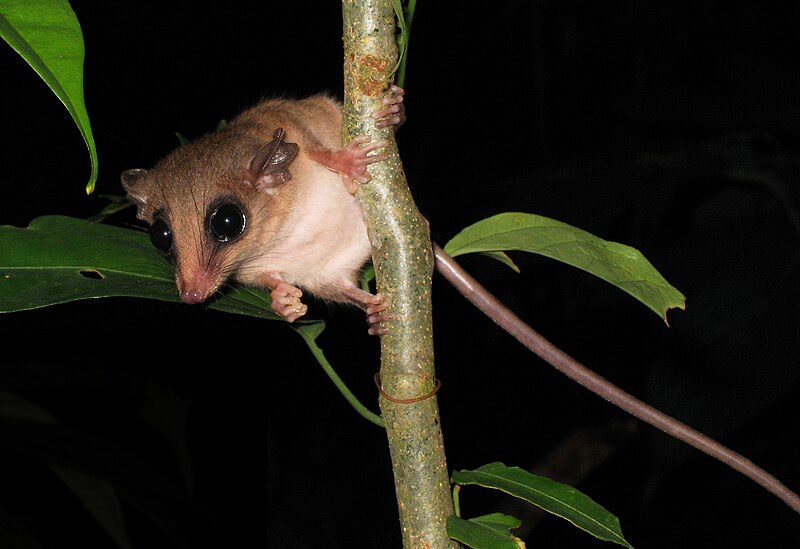 South America’s chief contribution to the pet trade is the Short-Tailed Opossum, Monodelphis domestica. This little fellow is dubbed the “House Opossum” in some regions, as it readily takes up residence in homes, where it’s fondness for insects and small snakes is sometimes appreciated. Those I’ve kept tamed down easily; they are important lab animals as well.
South America’s chief contribution to the pet trade is the Short-Tailed Opossum, Monodelphis domestica. This little fellow is dubbed the “House Opossum” in some regions, as it readily takes up residence in homes, where it’s fondness for insects and small snakes is sometimes appreciated. Those I’ve kept tamed down easily; they are important lab animals as well.
The 4-inch-long Mouse Opossums, Marmosa elegans, under my care in various zoos were a delight to observe, but efforts to establish them in the pet trade have not been very successful.
Further Reading
News Release with photos and videos of Heidi
Keeping Sugar Gliders and other Exotic Mammals
Becoming a Wildlife Rehabilitator
Mouse Opossums
Opossum image referenced from wikipedia and originally posted by Drcyrus
Mouse Opossum image referenced from wikipedia and originally posted by Icelight
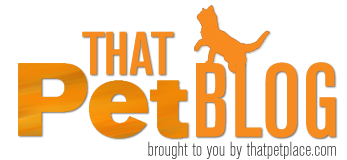 That Pet Blog That Pet Place Pet Blog
That Pet Blog That Pet Place Pet Blog

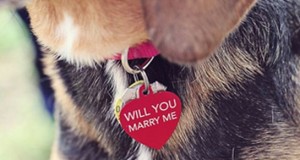
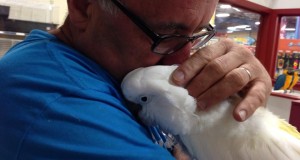
I love these primitive mammals. Didelphids are the only modern mammalian group with recognizable members in the late Cretaceous, just before the extinction of dinosaurs. Ecologically, behaiviorally and neurologically they resemble much the first marsupials, and are closer to the primitive mammal type than other primitive placental insectivores. Unfortunately we will most probably not have the time to enjoy them, because there are groups pressuring for making many exotic mammals illegal in Europe, and I don’t know if these small, inoffensive mammals will fall in their black lists or not. I would like much to have one or some short-tailed ones. Do you know anything about their availability in Europe?
ps. Have you noticed any difference in behaivior, movement, etc compared to the other modern-type mammals? I would love to know.
Hello,
I’ve always enjoyed working with them as well. Short tails have been bred in the trade for many years; I do not have any contacts in Europe. In years past they were being bred in the UK, Franc…I’m not sure of their status now. Virginia opossums would not likely be available. Sugar gliders are another possibility; Bennet’s wallabys were also available in the UK at one point (need huge outdoor enclosures)…there was even an established feral population in England, if I’m not mistaken.
Most marsupials sold in the trade are relatively short-lived and seem slower to learn (hard to access this, but the general feeling of most keepers) and less active than many more recently-evolved mammals. Very interesting, none the less. I feed a wild Virginia opossum in my yard each night. Others I’ve trapped and released will walk right back into the same trap a night or 2 later…you’d never see a Norway rat or raccoon doing that…but they’ve been around a long time, and so must be doing something right!
I know sugar gliders and wallabies are available in Europe. But they are different, very different. Aside of them being much more evolved marsupials, their behaivior and needs are different. I have not the space for a wallaby, but even the sugar gliders seem difficult. They must live in groups, are very active, noisy, need frequent cleaning, carefully planned diet etc. The short-tailed opossum is the best marsupial for me. If virginia opossums where available, I would also think about them. How different are they kept from short tails? Do they need very large cages, and can they be let to roam like rabbits?
With what would you compare a short-tail opossum? Is it like a rodent in care? Does it resemble a reptile somewhat, or not?
And some other evolutionary questions: Do they walk upright like other mammals, or are they semi-erect? In a study I read they where described as semi-erectin posture, very strange. What interaction do they have with their young? Do they care for them like a normal mammal, can they pick them up, play with them? How do littermates interact with one another? I have read that they nearly don’t play. Do opossums vocalize? Do they groom their fur? Do they like to curl in balls? How their tail functions? Does it have complex movement like a monkey or is it less dextrous like a crested gecko or chameleon? Can they really connect with humans like placental small mammals or they are friendly just because they cannot recongize us? Because amongst themselves they are territorial and solitary. How do they interact with humans? Do they groom us like rabbits? I have a rabbit, and this is the basis I compare other small mammals with.
In a study I have read it said that actually dasyuromorph insectivore marsupials from Australia have slightly larger brains than equivalent placental insectivores like shrews, perhapse from a longer developmental period and the fact that very small placental mammals have too high a metabolism to be able to support a large brain with the ongoing costs of maintining a constantly feeding animal. Opossums are generally regarded though as the closest to the neurological organization of the first mammals.
Hello,
Virginia opossums are cat-sized, need huge enclosures and cannot be left to roam the house. Short-tailed opossums are not overly responsive to people, but generally easy to handle.
The Marsupial Society is a great source of info on the details of their natural history and care..I cannot provide a complete overview right now; hope to post a more detailed artile in the future. Best, Frank